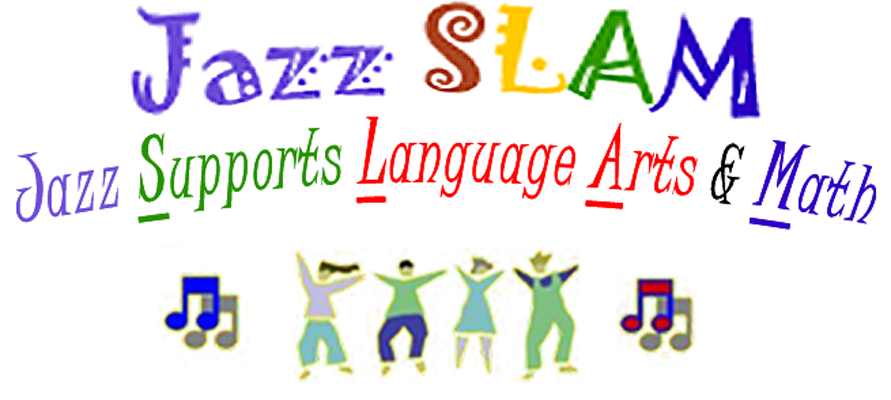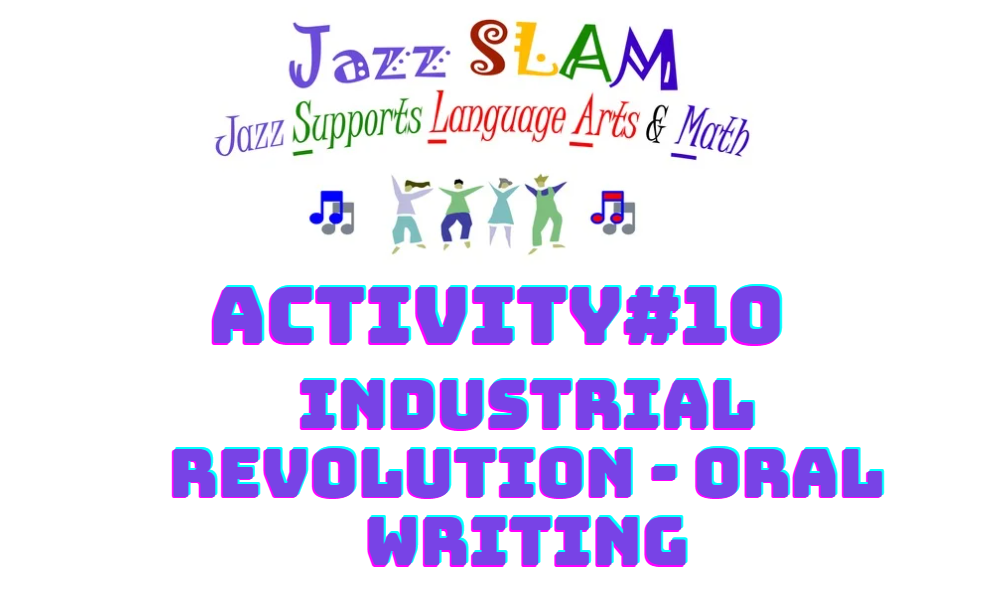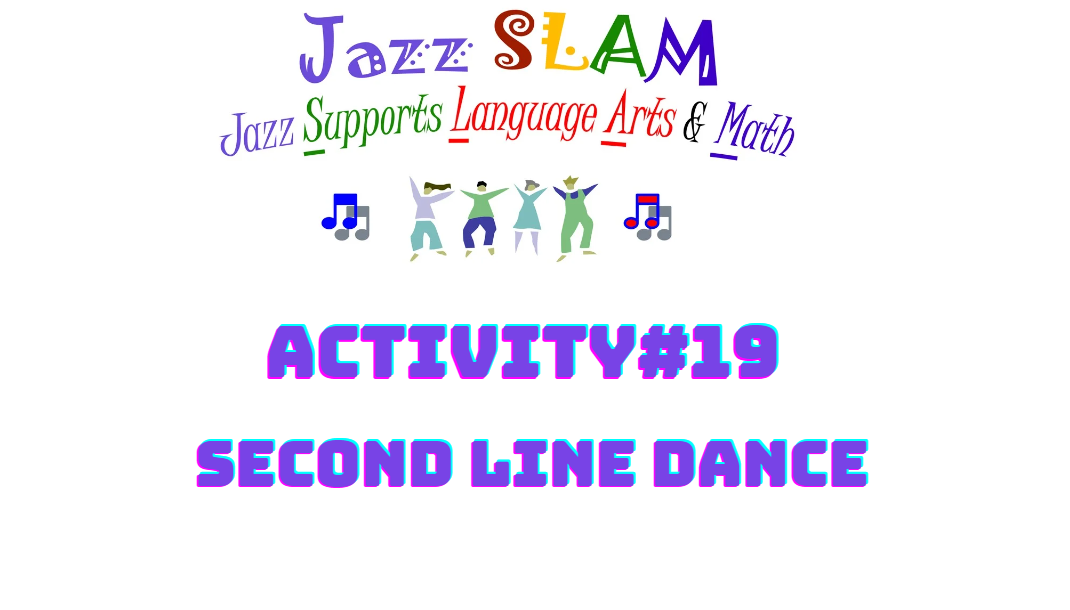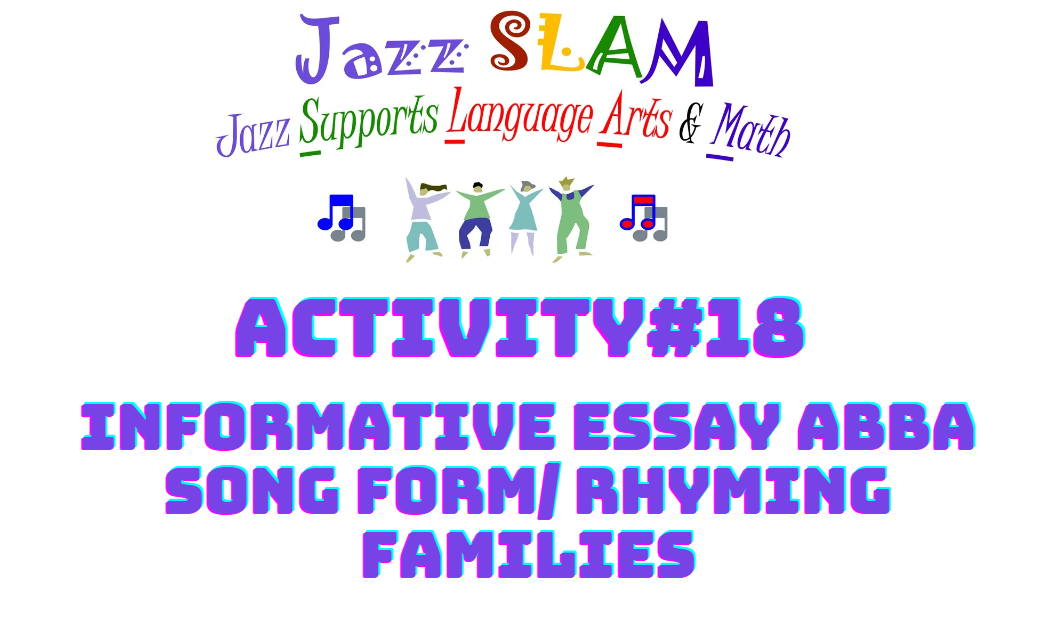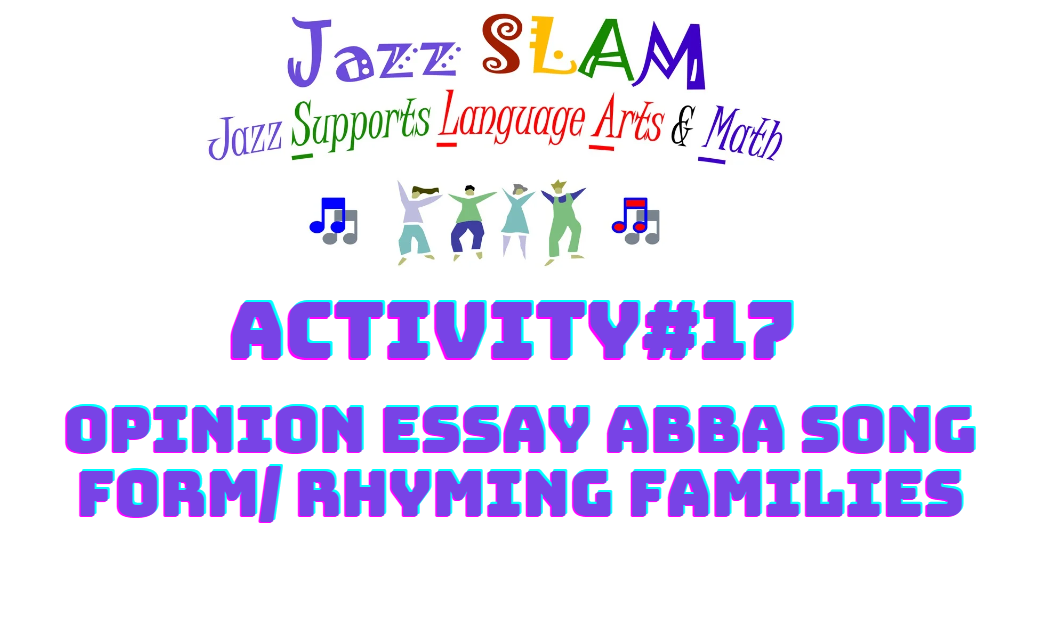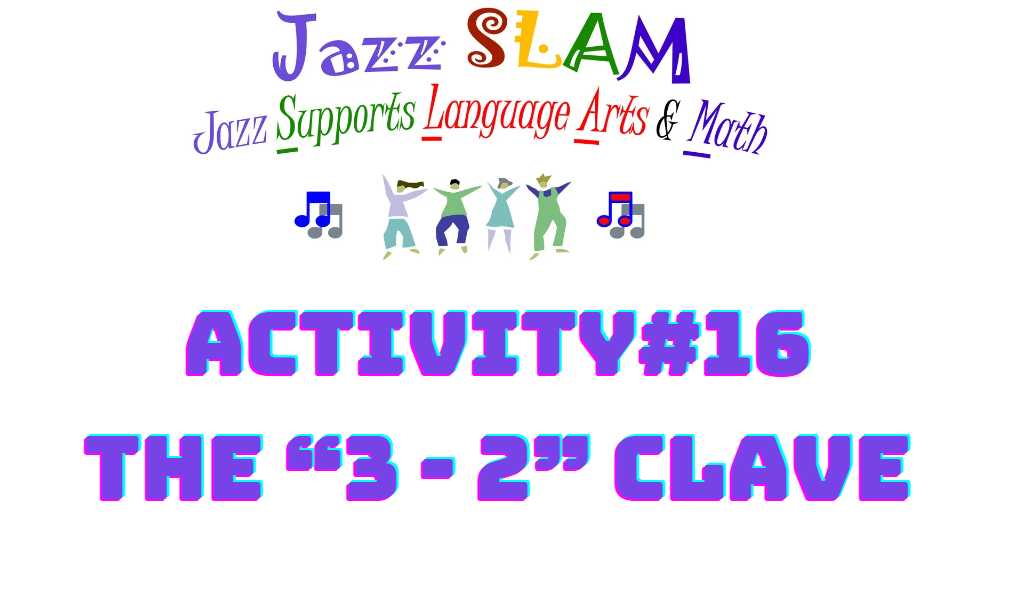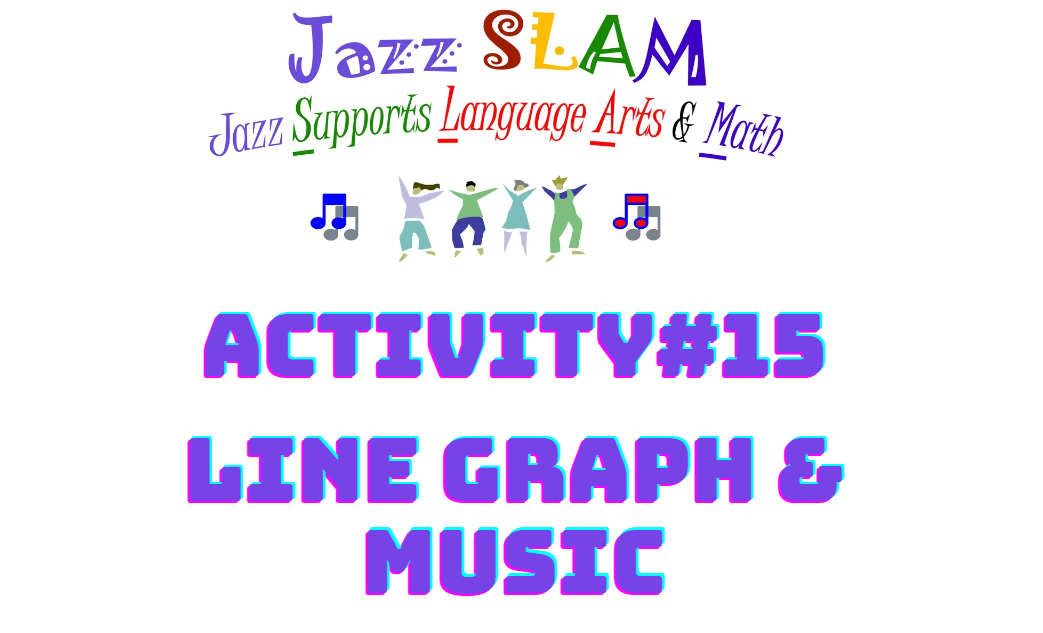About This Lesson
Learning Goals/Objectives
STUDENTS WILL BE ABLE TO:
- Compare and contrast modern day conveniences in modern America to those from prior generations.
- Conduct an oral history interview.
- Develop oral history skills, including creating questions and note-taking.
- Understand the importance of primary Sources
Materials/Additional Resources
• Whiteboard or chart paper and markers.
• Industrial Revolution and Technology
• Industrial Revolution for Kids
Common Core Standards & NGSSS Music Standards
Common Core Standards
RI.3.2 Recount stories, including fables, folktales, and myths from diverse cultures; determine the central message, lesson, or moral and explain how it is conveyed through key details in the text.
RI.3.7 Use information gained from illustrations (e.g., maps, photographs) and the words in a text to demonstrate understanding of the text (e.g., where, when, why, and how key events occur).
RL.3.7 Explain how specific aspects of a text’s illustrations contribute to what is conveyed by the words in a story.
RL.3.3 Describe characters in a story (e.g., their traits, motivations, or feelings) and explain how their actions contribute to the sequence of events.
RL.3.6 Distinguish their own point of view from that of the narrator or those of the characters.
SL.3.2 Determine the main ideas and supporting details of a text read aloud or information presented in diverse media and formats, including visually, quantitatively, and orally.
SL.1.3 Ask and answer questions about information from a speaker, offering appropriate elaboration and detail.
RI.4.2 Determine a theme of a story, drama, or poem from details in the text; summarize the text.
RI.4.5 Describe the overall structure (e.g., chronology, comparison, cause/effect, problem/solution) of events, ideas, concepts, or information in a text or part of a text.
RI.4.7 Interpret information presented visually, orally, or quantitatively (e.g., in charts, graphs, diagrams, time lines, animations, or interactive elements on Web pages) and explain how the information contributes to an understanding of the text in which it appears.
RL.4.3 Describe in depth a character, setting, or event in a story or drama, drawing on specific details in the text (e.g., a character’s thoughts, words, or actions).
RL.4.6 Compare and contrast the point of view from which different stories are narrated, including the difference between first- and third-person narrations.
SL.4.2 Paraphrase portions of a text read aloud or information presented in diverse media and formats, including visually, quantitatively, and orally.
SL.4.3 Identify the reasons and evidence a speaker provides to support particular points.
W.4.7 Conduct short research projects that build knowledge through investigation of different aspects of a topic.
L.5.1 Demonstrate command of the conventions of standard English grammar and usage when writing or speaking.
RI.5.2 Demonstrate command of the conventions of standard English capitalization, punctuation, and spelling when writing.
RI.5.7 Draw on information from multiple print or digital sources, demonstrating the ability to locate an answer to a question quickly or to solve a problem efficiently.
RI.5.10 By the end of the year, read and comprehend informational texts, including history/social studies, science, and technical texts, at the high end of the grades 4–5 text complexity band independently and proficiently.
RL.5.6 Describe how a narrator’s or speaker’s point of view influences how events are described.
SL.5.2 Summarize a written text read aloud or information presented in diverse media and formats, including visually, quantitatively, and orally.
SL.5.3 Summarize the points a speaker makes and explain how each claim is supported by reasons and evidence.
W.5.7 Conduct short research projects that use several sources to build knowledge through investigation of different aspects of a topic.
NGSSS Music Standards
MU.3.H.2.1 Identify significant information about specified composers and one or more of their musical works.
MU.4.H.1.2 Describe the influence of selected composers on the musical works and practices or traditions of their time.
MU.5.H.2.2 Describe how technology has changed the way audiences experience music.
MU.68.H.1.2 Identify the works of representative composers within a specific style or time period.
Social Studies Standards
SS.3.A.1.1 Analyze primary and secondary sources.
SS.3.A.1.2 Utilize technology resources to gather information from primary and secondary sources.
SS.4.A.1.1 Analyze primary and secondary resources to identify significant individuals and events throughout Florida history.
SS.5.A.1.1 Use primary and secondary sources to understand history.
SS.5.A.1.2 Utilize timelines to identify and discuss American History time periods.
SS.6.E.1.3 Describe the following economic concepts as they relate to early civilization: scarcity, opportunity cost, supply and demand, barter, trade, productive resources (land, labor, capital, entrepreneurship).
SS.6.W.1.1 Use timelines to identify chronological order of historical events.
SS.6.W.1.3 Interpret primary and secondary sources.
ESOL/ESE STRATEGIES
Steps
Step 1:
Explain to students that In the 1850-1890s a huge change happened in American culture and the world! The US was an agricultural society-which means we were farm based (because America has a lot of land and a lot of crops.) With the inventions of machines, such as the train, the lightbulb-electricity, the telephone, the radio, and the car, a big shift happened in our country. People started leaving farms and migrating into cities in search of factory jobs and new opportunities. This led to the 1920s when cities were thriving and the economy was booming. Soldiers came home from World War I and the age of jazz began- there was music and dance happening everywhere! The Charleston, named after Charleston, South Carolina, took the country by storm! It was written by the great New Orleans pianist/composer, James P. Johnson. It combined that European AABA form with the rhythms from Africa.
Step 2:
Ask your students for examples of how the Industrial Revolution positively (ex. More job opportunities, improvement in transportation) and negatively (ex. environmental changes, longer work hours) changed life today. Write their answers on the board or using chart paper.
Step 3:
Explain to students that you’ll be seeking information from the oldest person they know to learn more about the Industrial Revolution or inventions from that person’s childhood.
Step 4:
Ask your students to brainstorm key questions they would want to learn more about, Write key questions shared on the whiteboard. Sample questions include, but are not limited to:
- Do your parents or grandparents have any memories of what it was like before cellphones, Smart TVs, microwaves, internet and/or other inventions?
- How do you think some inventions positively impacted our lives today?
- How do you think some inventions negatively impacted our lives today?
Step 5:
Provide ample time (3 - 5 days) to allow students to interview their family members. If they don’t have anyone to ask in their family, suggest they ask neighbors, family members, friends, or members of their religious group.
Lesson 2 - Primary Sources
Step 1:
After students have had time to gather information have students “pair share”.
Step 2:
Ask students if they see any similarities. Ask your students if they see any differences.
Step 3:
Provide your students with the definition of oral history and explain that they’ve just done an informal interview.
Step 4:
Explain to your students that primary sources are the type of information that they just took in during the interview process. Primary sources are original documents and objects that were created at the time under student. Primary sources are different from secondary sources, which are accounts of events created by someone else without first-hand experience. Provide your own examples of primary sources.
Rubric/Instrument for Assessment
4 Points(Advanced):
A score of four is a response in which the student demonstrates a thorough understanding of the concepts and/or procedures embodied in the task. The student has responded correctly to the task, used sound procedures, and provided clear and complete explanations and interpretations.
3 Points(Proficient):
A score of three is a response in which the student demonstrates an understanding of the concepts and/or procedures embodied in the task. The students’ response to the task is essentially correct with the procedures used and the explanations and interpretations provided demonstrating an essential but less than thorough understanding. The response may contain minor flaws that reflect in attentive execution of procedures or indications of some misunderstanding of the underlying concepts and/or procedures.
2 Points(Basic):
A score of two indicates that the student has demonstrated only a partial understanding of the concepts and/or procedures embodied in the task. Although the student may have used the correct approach to obtaining a solution or may have provided a correct solution, the students’ work lacks an essential understanding of the underlying concepts.
1 Point(Emerging):
A score of one indicates that the student has demonstrated a very limited understanding of the concepts and/or procedures embodied in the task. The students’ response is incomplete and exhibits many flaws. Although the students’ response has addressed some of the conditions of the task, the student reached an inadequate conclusion and/or provided reasoning that was faulty or in complete. The response exhibits many flaws or may be incomplete.
0 Points:
A score of zero indicates that the student has provided a completely incorrect or non-interpretable response or no response at all.




